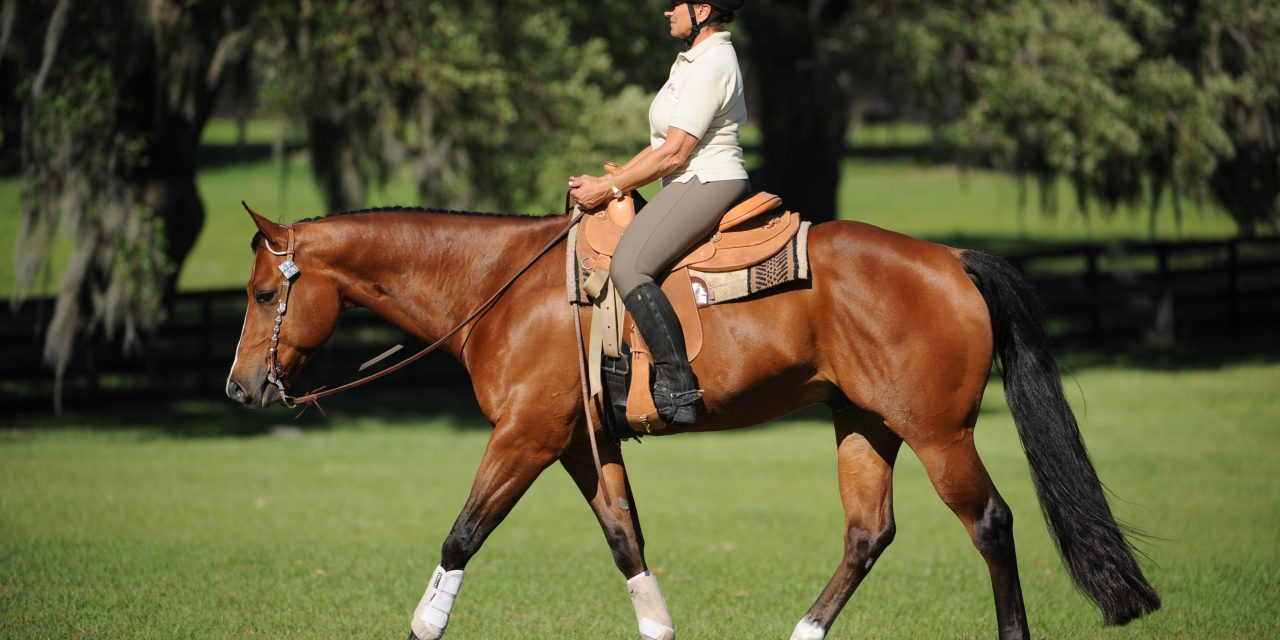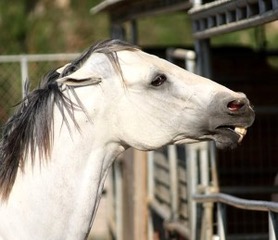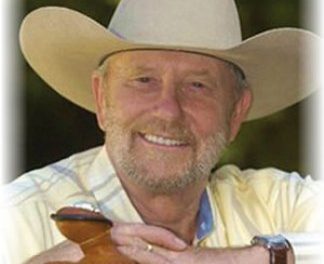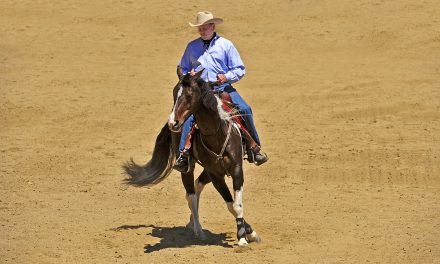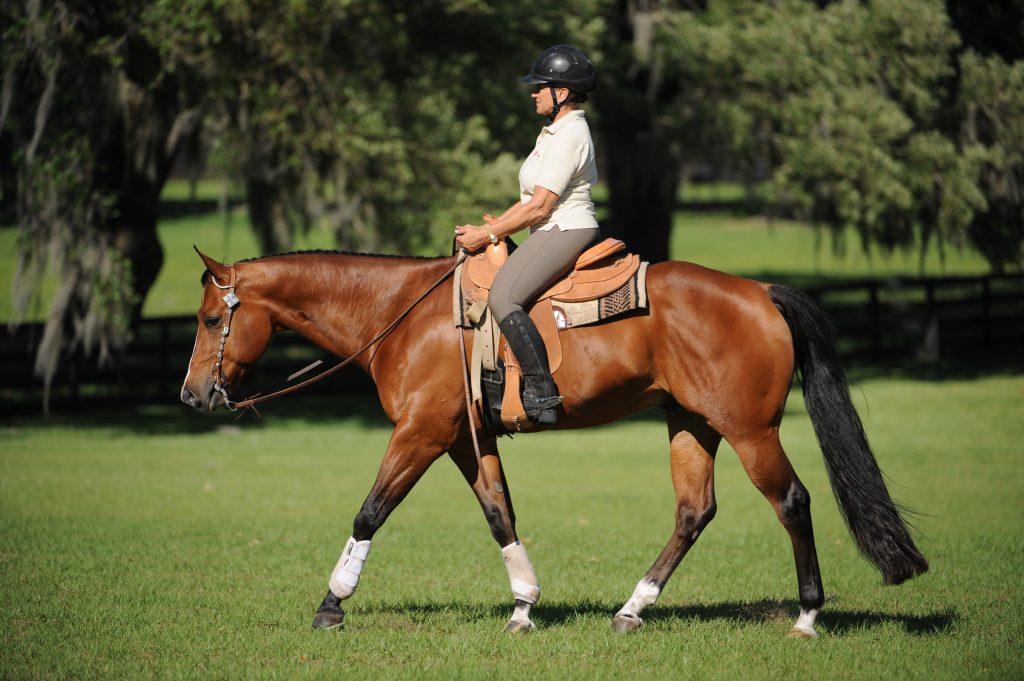
Regardless of the discipline you ride, there are basic aspects of training that apply and are needed for all horses. For example, if you have a dressage horse, a working cow horse, a barrel racer or a trail horse, they all need the same basic or foundation training. I have worked with a lot of dressage horses and a lot of reining cow horses and they are great in the arena unless a strange noise startles them and then many will bolt across the arena or drop a shoulder, turn and dump the rider. Both types of horses need basic training to handle the pressure of something out of the ordinary happening. No matter the discipline, the same basics are needed.
Every horse needs a certain amount of foundation training, meaning the horse should be able to accept pressure. Pressure can be demonstrated through learning to accept a tarp or plastic bags, crossing and going through obstacles, and loud noises. Every horse needs to be able to handle these types of situations. I like to call this de-spooking training. No horse is ever bomb proof but a horse that can handle a sudden noise or unexpected situation is more pleasant to ride and much safer.
Another thing that all horses need is to listen to the rider’s hands, what we call the rein aids. No matter the discipline, the horse must learn to yield to the rider’s hands. Some disciplines use more contact, dressage for example. However, no matter the discipline, we all want our horses to respond to light cues and a very soft rein. No one wants to ride a horse that is constantly pulling on the reins or pulling the reins through your hands. A horse that is pulling on your hands is on the forehand and not driving from behind, as it should. The horse also needs to know what the inside and outside rein cues mean. It doesn’t matter if you are riding with a hackamore, a snaffle bit or a leverage bit with one hand or with two hands. The rein aid/cues provide directional control of the horse while the leg aids tell the horse what to do.
Another very important basic in all disciplines is that the horse must learn to listen to the leg aids. The legs aids help us with lateral movement. We can do leg yields and side pass up to open a gate. The leg aids are a cue to go forward, in other words, the gas-pedal. We also use the leg aids to cue a horse to do a turn on the forehand or the haunches. This is body control and it is something that every horse needs to understand. Some of us get frustrated because all we hear is body control, body control but that is the key to a good, responsive horse. When a horse has body control, the horse has learned to listen to the rider’s hands, legs and seat.
Seat aids are also important for a horse in any discipline to understand. Seat aids, like rein, and leg aids, depend a lot on the rider. Do you sit balanced on your horse? If you have more weight on your left seat bone, you will lean to the left and that communicates to your horse to go right. That may not be at all what you want to do. For example, it can cause your horse to change leads when you don’t want your horse to change leads. Body position is very important and being balanced on the horse is critical. We should not lean back or lean forward because the shift in weight will cause the horse to be on the forehand. A horse that is on the forehand, pulls himself along instead of driving from
behind. It is natural to want to lean forward when your horse begins to lope or is startled and jumps forward. It is safer and will provide you more control if you sit back and down into the saddle. A well-balanced rider helps the horse stay collected.
I am of the firm opinion that foundation training is the platform that every horse needs. Unfortunately, I’ve worked with a lot of horses that have just come from Europe, in fact I have one here now, and if he hears a strange noise, he wants to bolt across the arena. Sometime ago, I had a reining cow horse in for training that worked great in the arena and showed a lot of courage going down the fence. This mare was great but get her out on the trail or try to go over an obstacle like a pole and the whole world changed. With a horse like this it can take months of work and exercises to get the horse to accept pressure. If you are going to take the time and energy to train a horse I personally think you should train it to be more versatile. It makes for a better-minded horse and a safer horse.
Every horse should be influenced by different disciplines. I like to trot horses over poles, every horse can benefit from that exercise as it teaches the horse to use it’s back. Every horse has the ability to jump over a caveletti and that too teaches a horse to use it’s back. I had a steep hill at the ranch. I taught the horses to go up hill by coming up under themselves and pushing from the rear instead of pulling themselves up. This not only helps the trail and cow horses but it also strengthens a horse in any discipline. Coming down hill most horses are awkward and have not learned that they can come through from behind. Once the horse learns to come through from behind, it can flat foot down the hill as well as trot. With a lot of the ranchers around here all the horses have to lope down hill. Cattle will not wait around for a horse to pussyfoot down a hill.
These are the things that make a horse more versatile, more gymnastically fit and safer. These things are very common and should be a part of the training for any discipline. This is what you need no matter what discipline you ride. You want a horse that responds to a light cue and a soft rein; a responsive horse that is versatile and can do more than one task.

